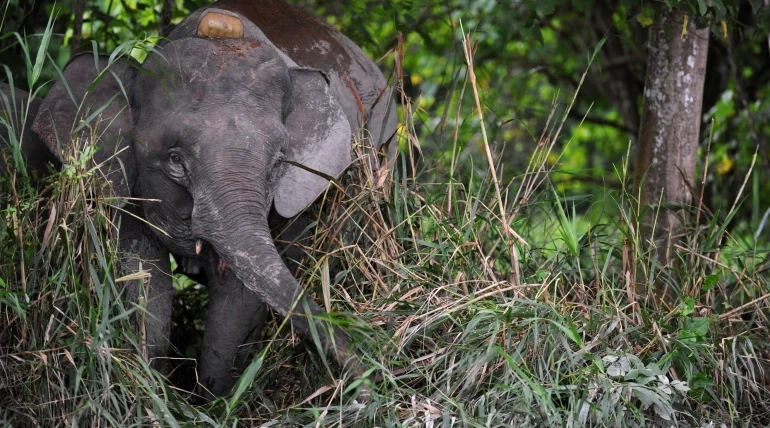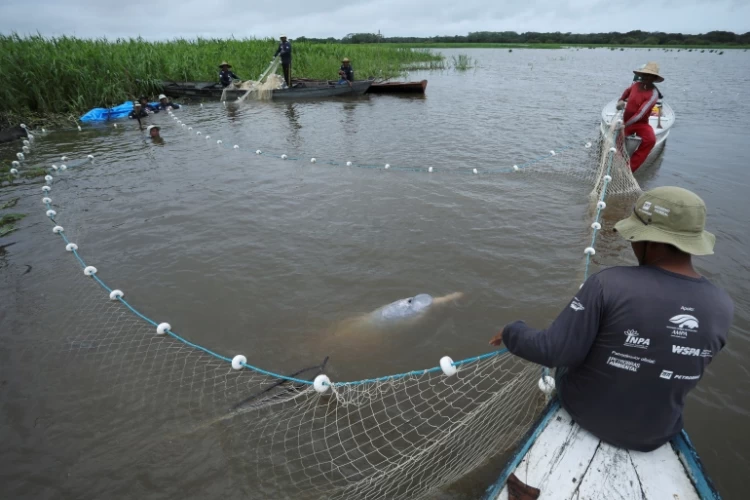‘Lights flashing red’ for wildlife amid 69% populations decline

The world’s wildlife populations have suffered a “devastating” decline in the past 50 years as humans have cleared forests and polluted the air, land and sea, according to World Wildlife Fund’s (WWF) latest Living Planet Report, Qazet.az reports.
The landmark report (PDF), released on Thursday by WWF in collaboration with the Zoological Society London (ZSL), shows the relative abundance — the rate at which species’ population sizes are changing — of wildlife populations fell on average by 69 percent between 1970 and 2018.
The findings were based on data from ZSL featuring almost 32,000 wildlife populations of 5,230 species from across the world.
The index “highlights how we have cut away the very foundation of life and the situation continues to worsen,” said Andrew Terry, director of conservation and policy at ZSL. “Preventing further biodiversity loss and restoring vital ecosystems has to be at the top of global agendas to tackle the mounting climate, environmental and public health crises.”
The report comes two months before world leaders convene for the long-delayed UN summit on biodiversity, known as COP15, which was moved to Canada as a result of China’s continuing COVID-19 restrictions. Noting the links between climate change and the loss of biodiversity, the report’s authors said the talks were a “last chance” to protect nature.
“The message is clear and the lights are flashing red,” WWF International Director General Marco Lambertini said in his foreword to the report, adding it presented some “terrifying figures”.

